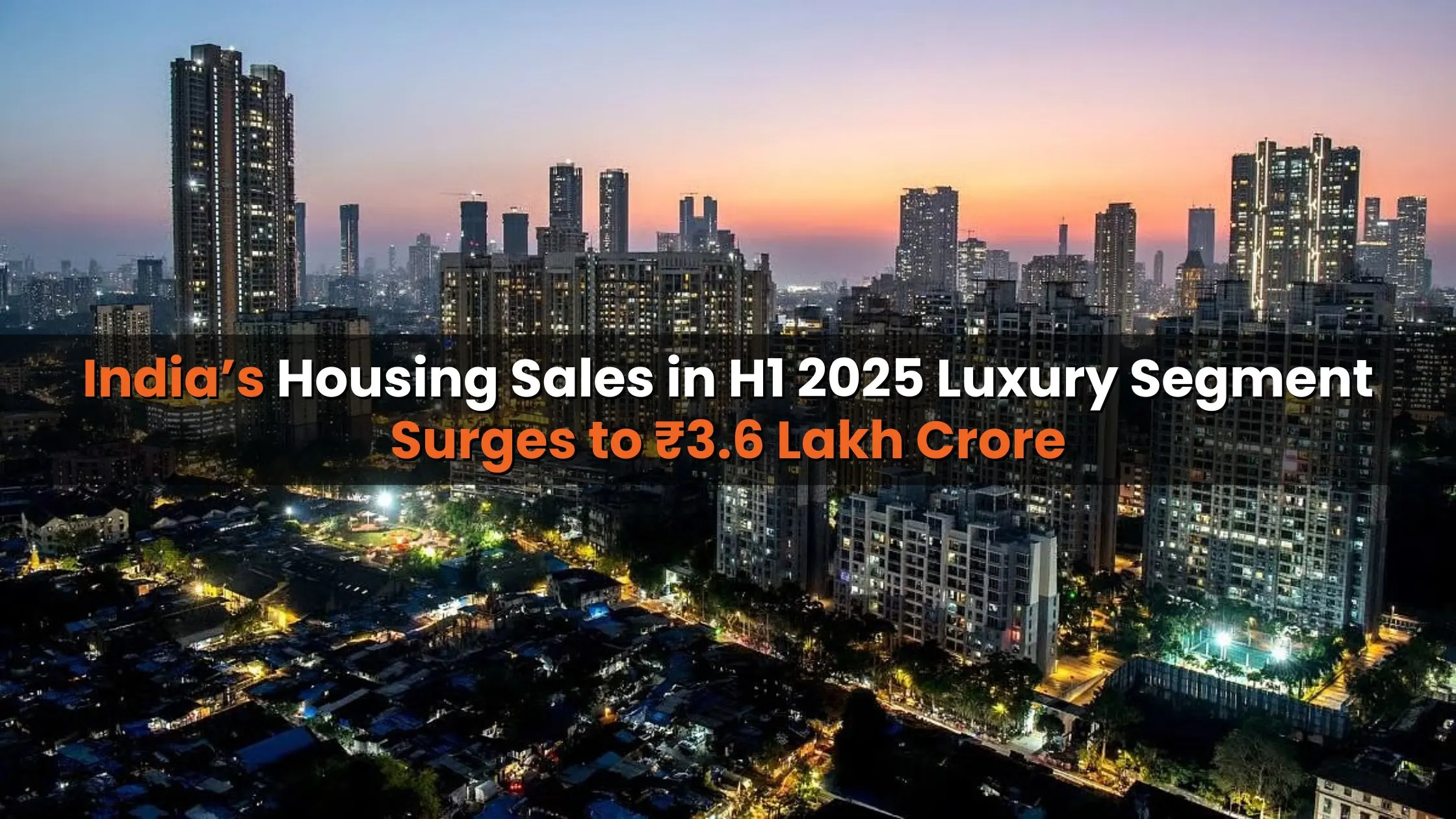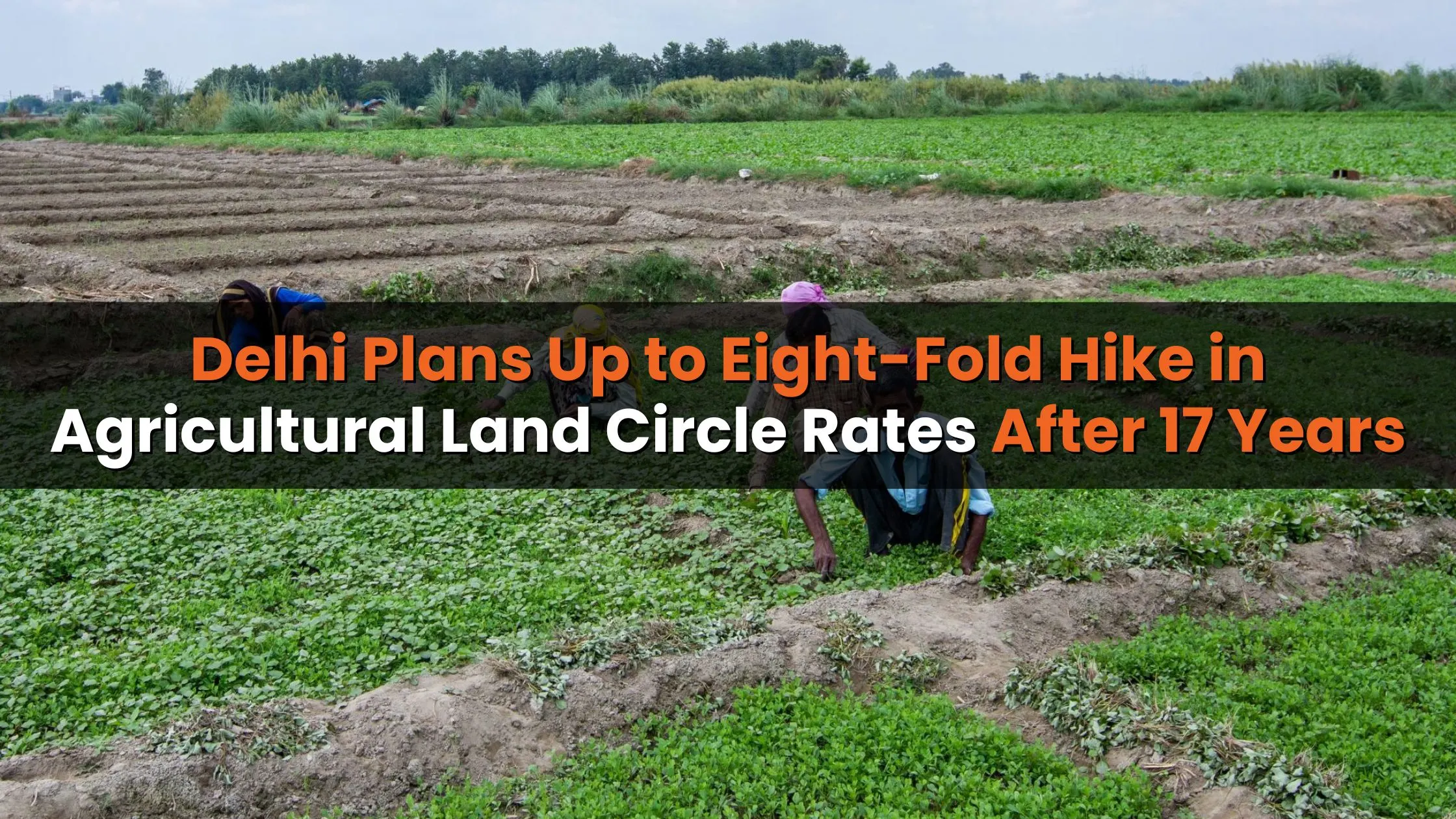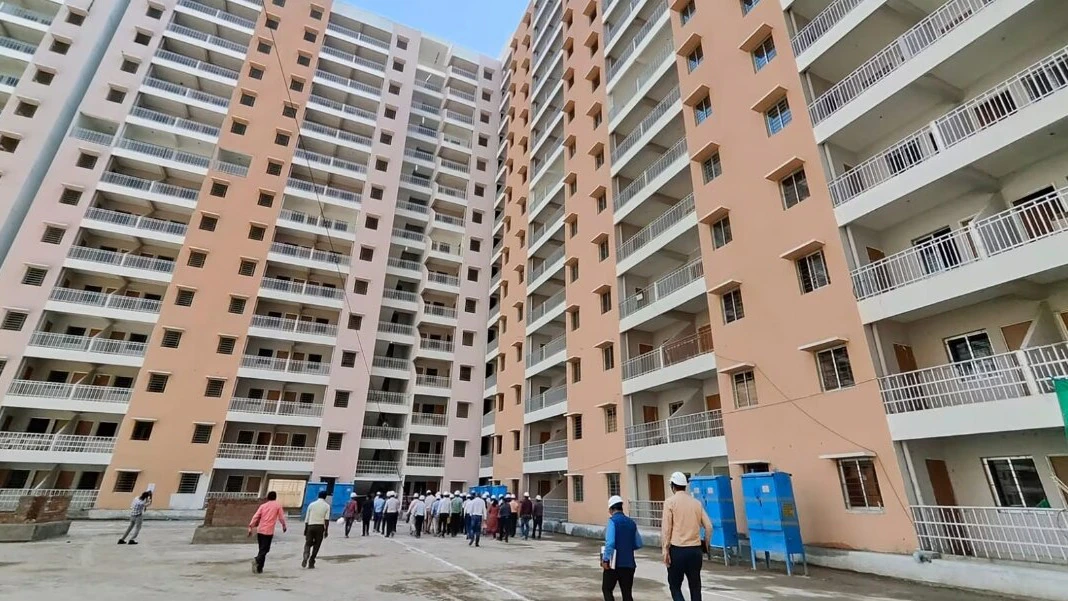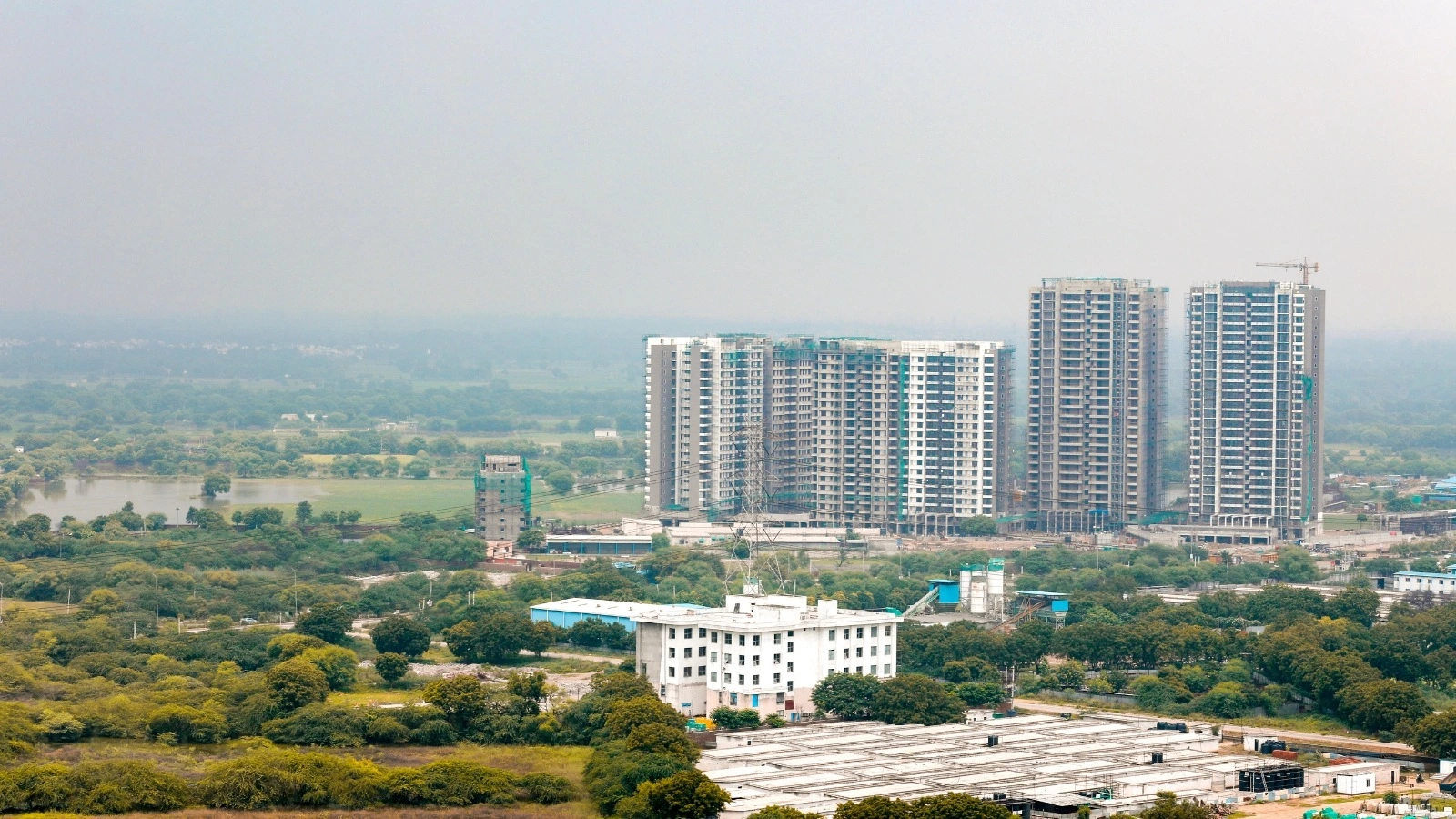Table of Content
India’s housing sales in H1 2025 luxury segment witnessed a substantial uptick, touching ₹3.6 lakh crore in total transaction value across major Tier-1 cities. This growth, as per the latest CREDAI-CRE Matrix data, represents a 9% year-on-year rise despite a slight dip in overall unit sales from 2.7 lakh units to 2.54 lakh units. The key driver of this surge was a significant 14% increase in the average ticket size, which now stands at ₹1.42 crore, signaling a strong tilt toward premium and luxury housing preferences.
NCR Tops the Charts in Revenue Contribution
The National Capital Region (NCR) led the charge in India’s housing sales in H1 2025 luxury segment, accounting for a robust 26% share of the total value. Although just 25,000 units were sold in NCR, the 32% rise in average unit prices fueled a 21% jump in the region’s total housing revenue. Significantly, luxury properties priced above ₹3 crore made up 73% of NCR’s overall housing value, demonstrating rising consumer appetite for upscale living.
Also Read: Retail Leasing in H1 2025 Rises 69% to 5.7 Million Sq Ft; Bengaluru, Delhi NCR Dominate Q2
Mumbai Remains a Close Contender
The Mumbai Metropolitan Region (MMR) secured the second spot with a 23% contribution to the national housing revenue. With 75,000 units sold, MMR experienced a 16% rise in average ticket size, resulting in a 9% growth in overall value. The ultra-premium segment in the region also saw expansion, with the share of homes priced above ₹3.5 crore increasing from 29% to 34%.
Southern Cities Display Healthy Growth
Southern metros such as Chennai and Bengaluru also posted encouraging numbers. Chennai reported a 23% increase in total housing value, supported by 11,000 unit sales and a 12% rise in pricing. Bengaluru followed suit with 30,000 units sold, marking a 4% value growth and a 17% jump in average price. However, there was a noticeable slowdown in the mid-income bracket, especially homes priced between ₹70 lakh and ₹1.5 crore.
Hyderabad, while showing an improvement in price points, saw a decline in transaction volume an 11% fall in units soldleading to only a modest 2% increase in total value.
Ahmedabad and Kolkata See Gains; Pune Slows
Ahmedabad matched NCR in unit sales with 25,000 units and posted a 10% rise in total value, although new project launches slowed. Kolkata also performed well, witnessing a 17% increase in value, with luxury homes above ₹3 crore seeing their share climb from 14% to 26%.
In contrast, Pune’s housing market softened. Sales volumes decreased by 14% to 45,000 units, and the total sales value declined by 8.5%, indicating cautious buyer sentiment and delayed decision-making.
Market Moves Toward Premiumisation
The report highlights a significant shift in buyer behavior away from quantity and toward quality. According to CREDAI president Shekhar Patel, buyers today are focusing more on lifestyle, location, and long-term asset value rather than just affordability. The NCR’s shift in buyer patterns is a clear indication of this evolving market dynamic.
Also Read: Gurugram Circle Rates Proposed to Be Hiked, Builders Raise Concerns
Developers Adopt a Cautious Stance
Even with the value-driven market showing strength, developers appear to be holding back on aggressive expansion. The number of new launches in Tier-1 cities dropped from 98,000 in H2 2024 to 82,000 in H1 2025. Rising construction costs and a preference for selling existing high-end inventory have influenced this strategy.
Abhishek Kiran Gupta, CEO of CRE Matrix, noted that today’s residential market is led by aspiration, trust, and value. “It’s no longer just about how many homes are sold it’s about what kind of homes and where they’re located. NCR and MMR are showing us that premium housing is no longer niche it’s mainstream,” he said.
Conclusion
India’s housing sales in H1 2025 luxury segment underscore a clear and growing inclination toward premium real estate in key cities. With fewer but higher-value transactions, Tier-1 urban markets are witnessing a transformation fueled by buyer confidence, strategic location choices, and aspirational living. As the market matures, value-driven decisions are set to define the next phase of growth in India’s housing landscape.
Follow AquireAcers Whatsapp Channel to Stay Updated With The Latest Real Estate News







Ans 1. In H1 2025, luxury housing transactions across India’s major Tier-1 cities amounted to ₹3.6 lakh crore, representing a 9% year-on-year growth, largely driven by rising ticket sizes despite a dip in unit sales.
Ans 2. The average ticket size for residential properties increased by 14% and now stands at ₹1.42 crore, indicating a notable consumer shift toward premium and luxury housing.
Ans 3. The National Capital Region (NCR) led in terms of value contribution, accounting for 26% of the national total. Even with fewer unit sales, a 32% rise in average pricing drove its revenue surge.
Ans 4. Luxury homes priced above ₹3 crore accounted for a massive 73% of NCR’s total housing value in H1 2025, reflecting an evolving buyer preference for upscale properties.
Ans 5. MMR contributed 23% to the total housing value. It witnessed a 9% rise in sales value, with a 16% increase in average ticket size and a higher share of homes sold above ₹3.5 crore.
Ans 6. Yes, Chennai saw a 23% jump in total value with 11,000 unit sales, while Bengaluru posted a 17% increase in average pricing and a 4% rise in total housing value with 30,000 units sold.
Ans 7. Hyderabad saw an 11% drop in sales volume and only a modest 2% value growth. Pune experienced a sharper slowdown with a 14% drop in unit sales and 8.5% decline in total value. In contrast, Kolkata posted a strong 17% value growth.
Ans 8. The market is shifting toward premiumisation. Buyers are focusing more on lifestyle, brand trust, and location than simply price, with high-value homes dominating sales in most metros.